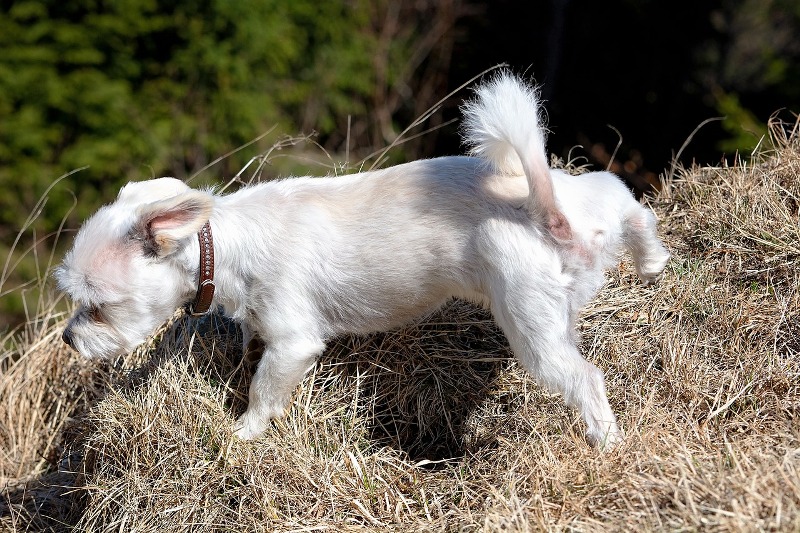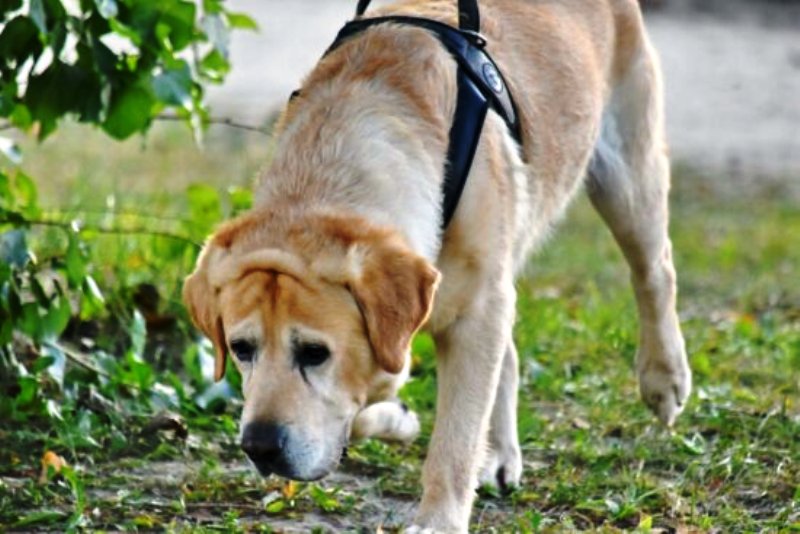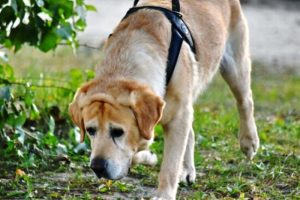
Why Do Dogs Mark Their Territory
Contrary to what we may think, the dog and its territory do not have an apparent relationship. It is more with the marking that the dog will not defend its territory but communicate. Moreover, as an eminently domestic animal, it will instead seek security and protect the resources of its environment.
Definition of territory in animals
A territory is defined by a geographical portion or a place (tree, for example) delimited and defended against any intrusion (competitors, predators):
– It is mainly a place of reproduction, birth, education of young and rest.
– It can also be a hunting territory, but it is not mandatory.
– Some territorial species have their territory but carry out “raids” to hunt, feed, or get supplies (as in ants and some primates).
Marking
Is marking a distinctive sign of territoriality? It is part of it, but it is by no means the typical representation. It has many other functions, at least as necessary.
Urine
Urine is, above all, a means of communication for the dog:
– It allows him to mark out his path and to indicate it to others, if necessary.
– Its presence reassures: known odors will make the dog feel safe and calm.
– Finally, it will also use its urine to locate itself in space and time: have we already been there? When was it? Were we safe there?
Of course, urine contains many chemical substances that provide information about the person urinating, like a “health card” that is updated in real-time: sex, age, state of health, emotional state, etc.
Good to know: if a dog immediately urinates on your urine, it is not a sign of dominance, but of mixing, of association, a bit like the “blood pact”; same thing when it covers the urine of another dog, or the opposite, which is then a way of bonding.
Feces
Excrement can be a marker. Generally speaking, territorial animals do everything to indicate their presence, while nomads do almost everything the opposite.
Is the dog a territorial animal?

A dog can’t be a territorial animal. Its origin and thousands of years of living alongside hunter-gatherers (nomads) exclude even an original possibility. If this were the case, a dog would not move from one home to another without serious difficulties. Even walking would be challenging because he would try to mark and defend each portion of “conquered” territory.
No fellow dog would be crossed without being at least threatened if not attacked.
Moreover, this “territory” is neither a place of reproduction nor hunting for a domestic dog, unlike a lion.
Finally, it should be noted that what he does in his garden or his house, he does in any other park or place where he accompanies us.
However, surrounding a camp by urine will be conducive to delimiting and locating the place, securing it (calm) to defend it (defense of resources).
Defense of resources
What we call “resources” are a set of vital needs: security, rest, food, integrity:
The simple basket of a dog is a resource because it is, or should be, an absolute place of safety.
The approach of a stranger is likely to worry the dog, and it will show it virulently.
The presence of young children or puppies can also provoke the same type of reaction, as protecting the young is an animal priority. Maternal instinct can also come into play, and a male dog can be much more formidable in this respect.
Finally, where the dog eats is a space a dog would defend, even from the hand that feeds him, so please don’t pat your dog during his food time.
These resource defense reflexes are not specific to his home environment (living space); they are sometimes more apparent. Indeed, wherever the dog goes, he builds mental representations of his security, also called proxemics.
Did you like this post? Remember to share and comment below.







3 thoughts on “Why Do Dogs Mark Their Territory”